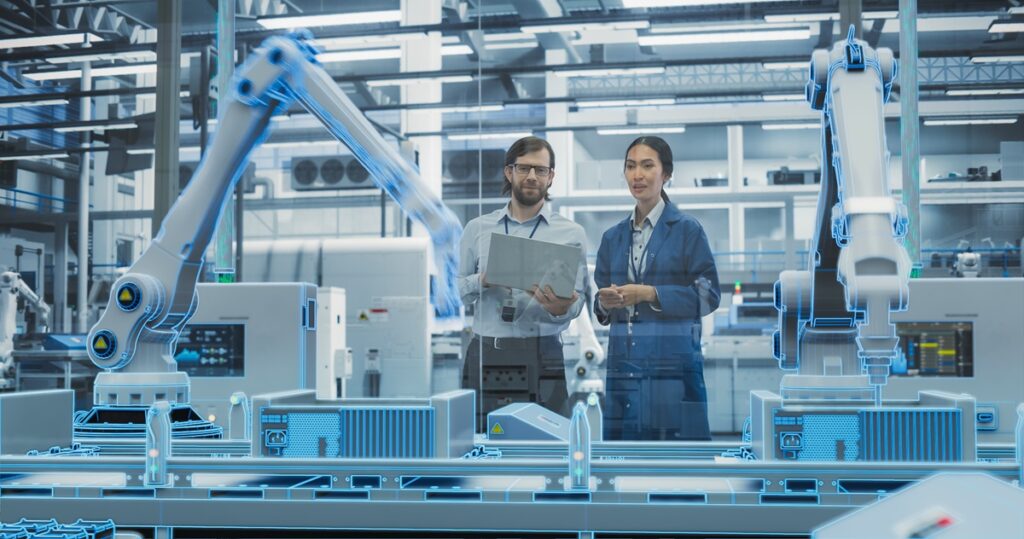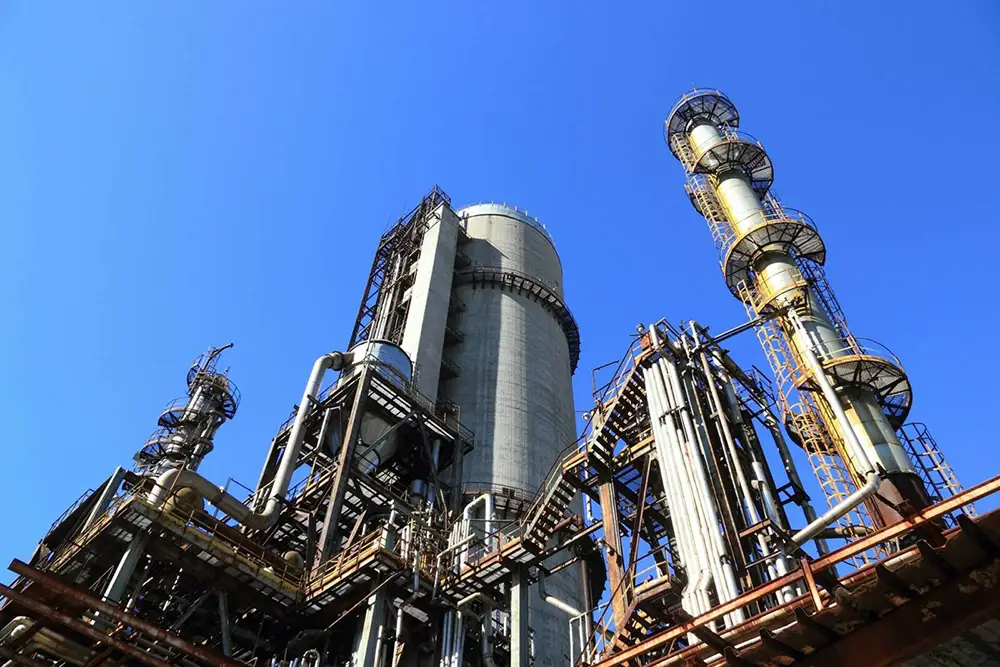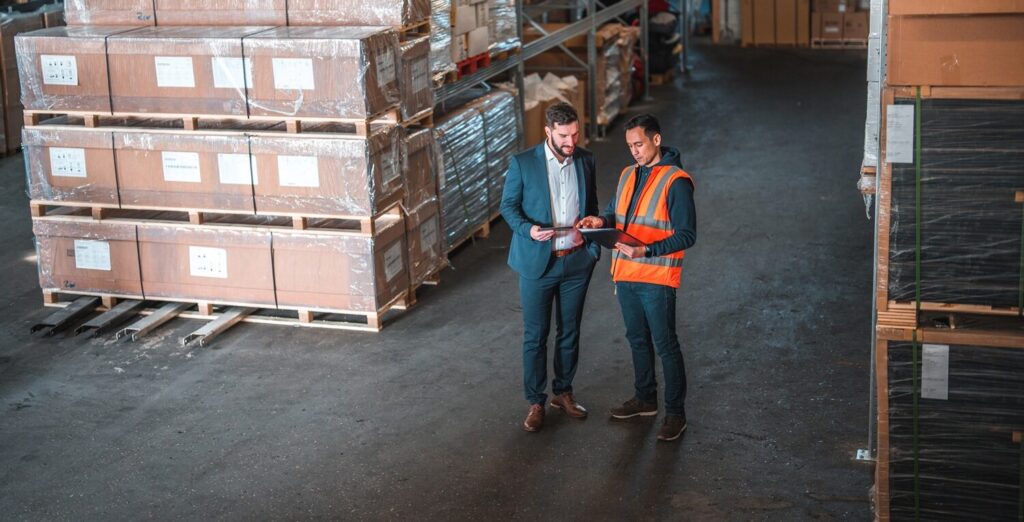When was the last time you thought about how extreme the weather has become? The effects of climate change are being felt daily worldwide. According to the World Health Organization, between 2030 and 2050, climate change is expected to cause approximately 250,000 additional deaths per year, from undernutrition, malaria, diarrhoea and heat stress alone.
All industries, including manufacturing, must act urgently and devise strategies to address environmental issues, and hold each other accountable to ensure a greener and more sustainable future.
While it is imperative for everyone to take positive action towards a greener world, the onus is on both Government and business leaders to lead the charge. At a micro-level, business executives must genuinely understand and support the shift to green business practices while actively getting behind any initiative for the change to succeed.
Why leadership buy-in matters for greener manufacturing
Sustainability has become a critical issue in the manufacturing industry, with the need for plants and factories to reduce greenhouse gas (GHG) emissions with a sense of urgency, conserve resources, and actively address climate change. Indeed, the global manufacturing sector is one of the largest single emitters of greenhouse gasses (GHG) in the world, responsible for two-thirds of the world’s total GHG emissions.
However, the success of sustainability initiatives heavily relies on the support and commitment of leadership. When leaders demonstrate a genuine commitment to sustainability, it sends a powerful message throughout the company. It shows that sustainability is not just a buzzword or a passing trend but a core value that the company is dedicated to upholding. This support creates a ripple effect, influencing employees at all levels to embrace green practices and actively participate in sustainability efforts.
Characteristics of effective green leaders
Effective green leaders are visionary. They have a clear vision and view of how the company will meet that vision. This is an important starting point, as without a vision, it is impossible to mobilise people and take them on a journey of change. Effective communication skills are also key. Green leaders must communicate frequently and at every opportunity the importance of sustainability, while also being courageous to set ambitious yet achievable goals and inspire others to actively participate in going green.
In other words, effective green leaders can make transformational progress by affecting and influencing employee behaviour, leading to improved individual sustainability performance, contributing to the company’s overall sustainability goals.
Additionally, green leaders can foster a culture of sustainability by integrating green practices into the company’s values and operations. They create an environment where sustainability is not just an item on a checklist, but a fundamental aspect of the company’s identity.
Each of the world’s top 10 manufacturers has a clear, transparent sustainability roadmap, which is echoed throughout the organisation, starting with the top echelons. Says Oliver Zipse, Chairman of the Board of Management, BMW: “Sustainability and economic success go hand in hand at the BMW Group. As a premium manufacturer, we have the ambition to lead the way in the area of sustainability.”
Strategies for encouraging employee participation in sustainability transformation
To drive real sustainability progress, leaders must empower their employees so that everyone has the capabilities and mindset to hit their targets. This means providing employees with training and education on sustainability practices to equip them with the knowledge and skills to actively participate in sustainability transformation. This can include workshops, seminars, and online resources focused on sustainable manufacturing techniques.
Take the example of Patagonia, an outdoor gear and equipment company. The company developed the ‘Environmental Internship Program’, a paid internship programme that “allows employees to take up to two months off work to work for an environmental organisation of their choice.” The internship went a long way in creating a culture of sustainability within the company and enabled employees to bring valuable skills back into the workplace.
Providing such learning and development opportunities has been found to catalyse deep organisational change and improve the impact these workers have on climate and sustainability initiatives within the company.
Incentivising and recognising employee contributions to sustainability efforts can also significantly boost employee engagement. This can be achieved through rewards, recognition programmes, and performance evaluations that incorporate sustainability metrics.
In addition, increasing employee engagement so that they’re part of sustainability decision-making processes can increase their sense of ownership and commitment to sustainability initiatives. This can involve forming green teams, soliciting feedback on sustainability strategies, and involving employees in implementing green projects.
Overcoming challenges in implementing green leadership
Despite the clear benefits of pushing for better sustainability processes, practices and a cultural mindset that is geared towards sustainability, balancing these goals against operational requirements can be tricky, especially if things have been done the same way for a long time.
One of the significant challenges in implementing green leadership in manufacturing is overcoming resistance to change and traditional mindsets. Leaders need to communicate the benefits of sustainability effectively and consistently and address concerns about the impact of green practices on productivity and profitability.
Financial obstacles may also result in push-back as the return on investment for sustainable technologies may not be evident in the short-term, while the potential disruption to existing processes can hinder the adoption of sustainable practices. Green leaders must strategise and collaborate with stakeholders to overcome these barriers.
The future of green leadership in manufacturing
The future of manufacturing is green. Manufacturing leaders must recognise the importance of focusing on green initiatives for the industry to attain higher levels of success. As such, the future of green leadership means a heavier emphasis on environmentally focused developments, like establishing a circular economy, integrating sustainable supply chain practices, and adopting advanced technologies for environmental monitoring and management.
Should these initiatives and plans be successfully implemented, green leadership has the potential to revolutionise the manufacturing industry by driving significant reductions in GHG emissions, resource consumption, and waste generation. Further, it can enhance the reputation of manufacturing companies as not just key drivers of the economy, but also responsible and environmentally conscious entities.
Drive sustainability with a top-down approach: but where to start?
The importance of green leadership in driving positive change and deeper employee engagement cannot be overstated. Encouraging leadership buy-in for sustainability initiatives, developing strategies for greater employee participation in sustainability transformation, and having a well-developed plan to overcome the challenges in implementing sustainability initiatives are all critical aspects of fostering a sustainable manufacturing industry globally.
But where should leaders start? Manufacturers need to first know where they stand in their sustainability journey and strategically identify the next steps so they can lead their organisations – and the industry – to better environmental outcomes. The key lies in obtaining and understanding crucial metrics that provide deeper sustainability insights, objective comparisons among peers, and sustainability benchmarks to strive towards.
Neutral maturity assessments and frameworks like the Consumer Sustainability Industry Readiness Index (COSIRI) are the secret to a greener manufacturing world. By gaining access to third-party neutral benchmarking tools to lead top-down changes within the business, manufacturers who aspire to be green leaders will have all the weapons they need in their arsenal in the fight against climate change.
Ready to take the next step to become a green leader? Learn more about how COSIRI can help you and your organisation accelerate your green journey. Contact us at [email protected] to start a conversation.



